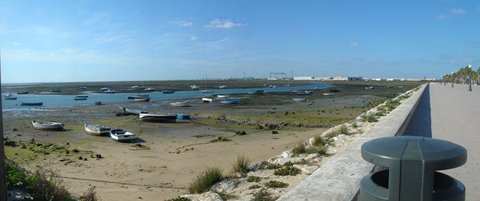First flamenco singers
The reference of a figure, which for a long time has been thought of as the first flamenco singer, cannot be left unmentioned. Tio Luis de la Juliana from Jerez was a name that has created many conflicts since it still cannot be proven that he actually existed.
Whilst however, there are existing references of the first artists of the 18th century in Triana (Seville), which together with Jerez and Cádiz, is the enclave in which flamenco stopped being an expression of folk music and converts into an artistic genre.
Singers who have to be cited as an example are: “El Planeta”, who although he seems was born in the area of the bay of Cádiz, developed all his art in this quarter of Seville singing “seguiriyas”. His main student was El Fillo, a gypsy also from Cadiz and who maintained a love affair with “la Andonda”.
This woman was probably the first to sing “soleá”, although there were other singing families in Triana such as “los Pelaos” and “los Cagancho” to whom this style can be attributed. In this period “romances” and “martinets” were also performed, styles based on the “toná”.
In Los Puertos (it refers to some towns in the Bay and Northwest Coast of Cadiz: San Fernando, Chiclana de la Frontera, Puerto Real, El Puerto de Santa María y Sanlúcar de Barrameda) and in Jerez de la Frontera, important flamenco centres were developed.
History records the name of Paco la Luz, a mythic performer of “seguiriyas” from which nearly all the great singers from Jerez descend, such as Loco Mateo, Manuel Molina, Diego “el Marrurro”, Joaquín Lacherna or Merche “la Serneta”.
In the Bay of Cadiz “el Ciego la Peña”, Curro Durse, Enrique “El Gordo” or Enrique Jiménez Fernández, "El Mellizo" make history.

Views of Puerto Real from seafront promenade Rafael Alberti